At long last, the Lotus Emeya has been launched in Malaysia, providing some much-needed competition to the Porsche Taycan and Audi e-tron GT. The electric “hyper GT” is the third fully-electric model from Hethel after the Evija hypercar and Eletre SUV and is being offered with rather competitive pricing.
That pricing starts at RM555,000 on-the-road without insurance, RM20,000 below estimates and the Emeya’s chief rival, the Porsche Taycan (it’s also nearly RM44,000 less expensive than its Eletre sibling). The Emeya S, which offers additional equipment but no more power, is RM643,000, while the barnstorming Emeya R retails at RM777,000. All prices include a five-year/150,000 km warranty and an eight-year/200,000 km battery warranty.
For that kind of money, you’ll be getting a large five-door sedan that produces 603 hp (450 kW) and 710 Nm of torque from its dual motors. This is sent to all four wheels, enabling the Emeya to sprint from zero to 100 km/h in 4.2 seconds before hitting a top speed of 250 km/h.
Step up to the Emeya R and you’ll instead get a staggering 905 hp (675 kW) and 985 Nm. So equipped, the R blitzes the century sprint in just 2.8 seconds and hits 200 km/h in nine seconds, on its way to a top speed of 256 km/h.
All Emeyas come with a 102 kWh nickel manganese cobalt (NMC) battery, slightly smaller than the heavier Eletre’s 112 kWh pack. Even so, the sedan’s (slightly) lower weight and slipperier aerodynamics mean range figures are actually higher, WLTP-rated at 610 km for the base Emeya, 540 km for the Emeya S (due to the larger standard wheels) and 435 km for the more powerful, less efficient Emeya R.
The Emeya’s 800-volt electrical charger also allows up to 400 kW of DC fast charging, taking just 14 minutes to bring the battery up from 10 to 80% charge. It can also support up to 22 kW of AC charging, so a full charge takes 5.5 hours.



Under the skin, the Emeya comes as standard with triple-chamber air suspension and adaptive dampers that can respond to changes in road conditions. Many parameters, such as the car’s ride height, suspension stiffness and throttle response, can be adjusted through the five drive modes – Range, Tour, Sport, Individual and Track. The Emeya R adds a handling pack that includes active roll stabilisation and rear-wheel steering.
Built in Wuhan, China and developed at the Lotus Tech Innovation Centre in Raunheim, Germany, the Emeya is Hethel’s second “hyper EV” after the Eletre. Long (5,139 mm), wide (2,123 mm) and low (1,459 mm) and sporting the brand’s “porous” design language that suggests aerodynamic efficiency – first seen on the Evija hypercar – the car boasts plenty of road presence, even compared to the massive Eletre.
Aside from the body shape and lower ride height, the Emeya is distinguishable from the front through the distinctive double-L LED daytime running lights (the main headlights are mounted lower down in the bumper, near the corner air ducts). You still get the “petal” active lower grille, black roof, body-coloured C-pillar “fin”, active rear spoiler (here with two selectable levels) and full-width taillight strip from the Eletre.
Wheel options range from 20 to 22 inches in diameter, but the Emeya S and R ride on 21-inch rollers as standard. These hide four-piston brake callipers at the front, while the S and R come with larger brakes with six-piston front callipers. Carbon ceramic brakes with ten-piston front callipers are optional.
Further differentiating the R is the standard carbon pack consisting of a front splitter, roof, side mirror caps, rear Gurney flap (on the active rear spoiler) and rear diffuser, all made from the lightweight material. You can also get the car with an expanded pack that adds carbon front and rear bumper trim, bonnet panels and side skirts. As per the Eletre, aerodynamic side-view cameras are optional, although they are not fitted on the display vehicles.
The Emeya’s sumptuous interior is a far cry from the stripped-out cabins of the brand’s trademark lightweight sports cars – as it should be, given that Emeya tips the scales at two and a half tonnes. The dual-cockpit dashboard design and wide centre console are similar to what you’ll find in the Eletre.

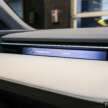
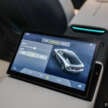
Also shared with the SUV are the brace of screens – twin slimline 12.6-inch driver and passenger displays and a massive 15.1-inch infotainment touchscreen, plus a 55-inch head-up display. These run on a pair of Qualcomm Snapdragon 8155 chips and the Lotus HyperOS, which utilises the gaming-derived Unreal Engine 3 for the 3D representation of the Emeya on the central screen.
Elsewhere, you’ll find powered seats with plenty of adjustment, with plusher pews and five massage modes added as part of the comfort seat pack. You can also spec the car with the four-seater executive pack, which adds, among other things, rear seat massage and a nine-inch control touchscreen which can be folded flat when not in use. This does have the unfortunate side effect of slashing boot space from 509 litres to just 426.
Other optional features include a panoramic glass roof (which can be had with an electrochromic “frosting” function) and a 23-speaker, 2,160-watt KEF Reference Audio system (a 15-speaker, 1,380-watt setup comes as standard) tied to the four-seater layout.
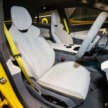
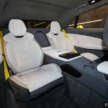
All Emeyas are fitted with a brace of driver assists powered by dual Nvidia Drive Orin chips. These include autonomous emergency braking, adaptive cruise control with stop and go, lane centring assist, traffic sign recognition, blind spot monitoring, front and rear cross traffic alert, rear collision warning and a 360-degree camera; park assist is offered as an option.
As with the Eletre, the car also comes with retractable lidar sensors on the roof, front fenders and tailgate. These support highly-autonomous driving capabilities, which Lotus promises will be added on via over-the-air updates as local regulations permit.
GALLERY: Lotus Emeya S 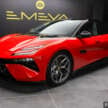

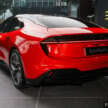
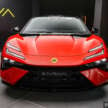
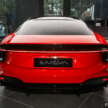
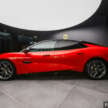


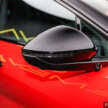
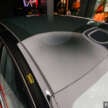


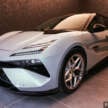
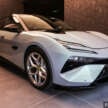
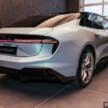
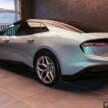
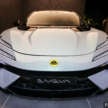
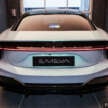
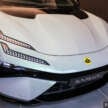
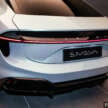
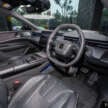

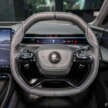
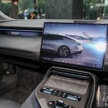
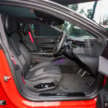
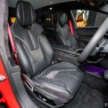
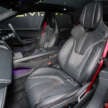
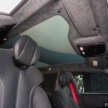
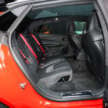
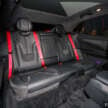
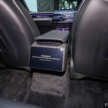
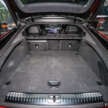

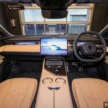

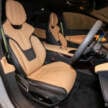
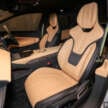



GALLERY: Lotus Emeya R 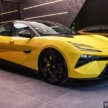
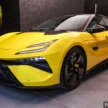
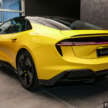
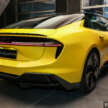
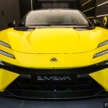
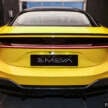
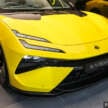

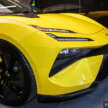
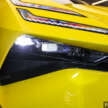
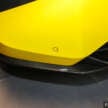
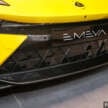
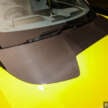
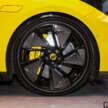
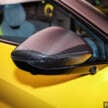


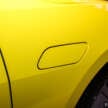
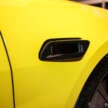
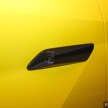
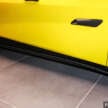
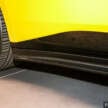

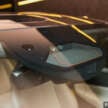
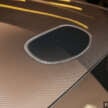
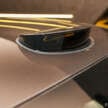
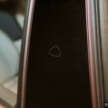
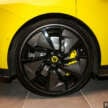
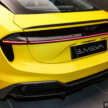
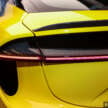
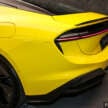
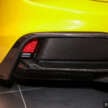
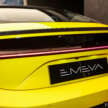
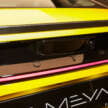
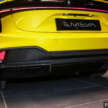
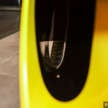
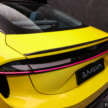
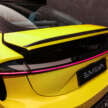


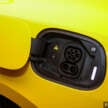
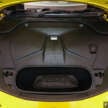
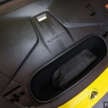
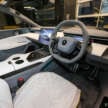
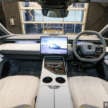
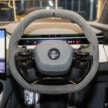
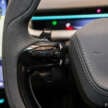
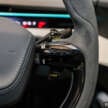
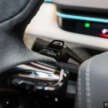

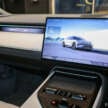

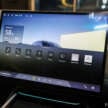


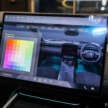

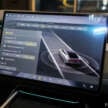

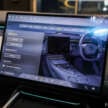


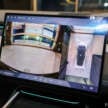
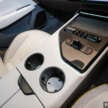


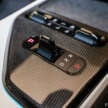

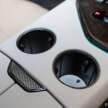
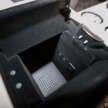

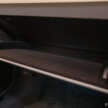

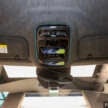
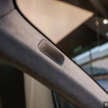
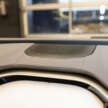
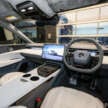
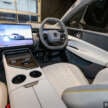
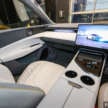
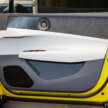
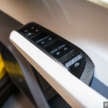

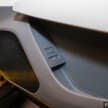

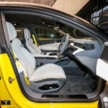

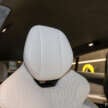
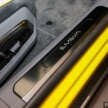
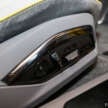
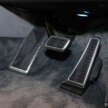
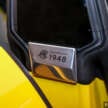
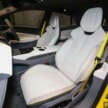
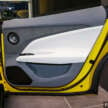
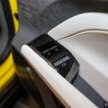
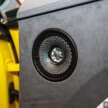
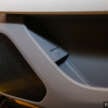
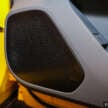
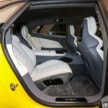

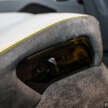
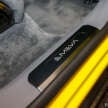
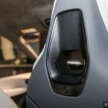
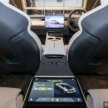


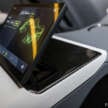

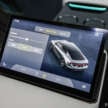

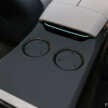
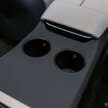
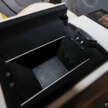
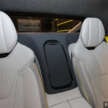
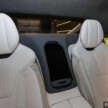
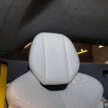
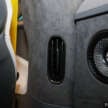
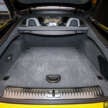
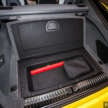
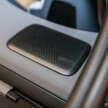
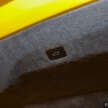
The post 2024 Lotus Emeya EV launched in Malaysia – Taycan rival with up to 905 hp, 610 km range, from RM555k appeared first on Paul Tan's Automotive News.

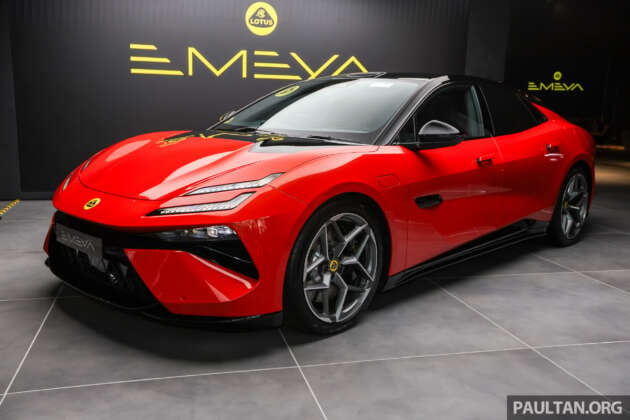
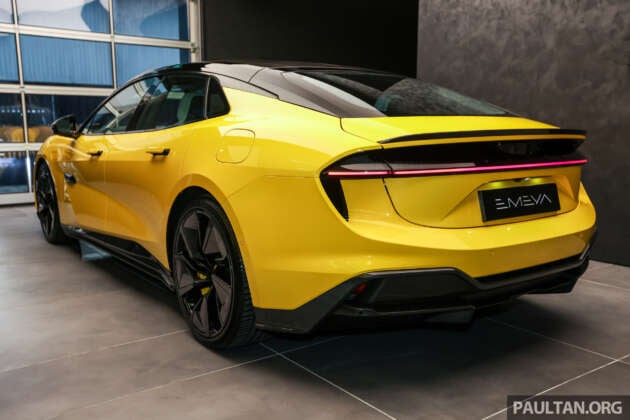
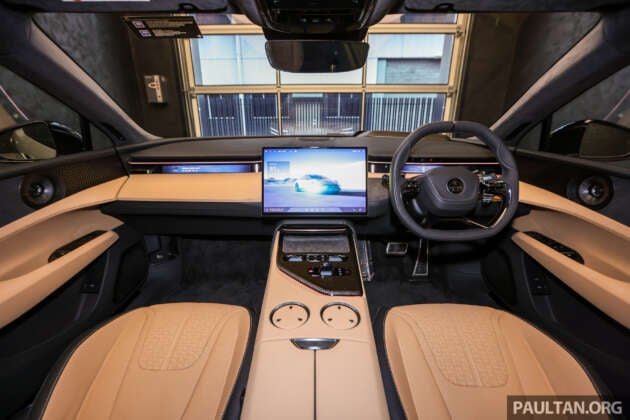
0 Comments